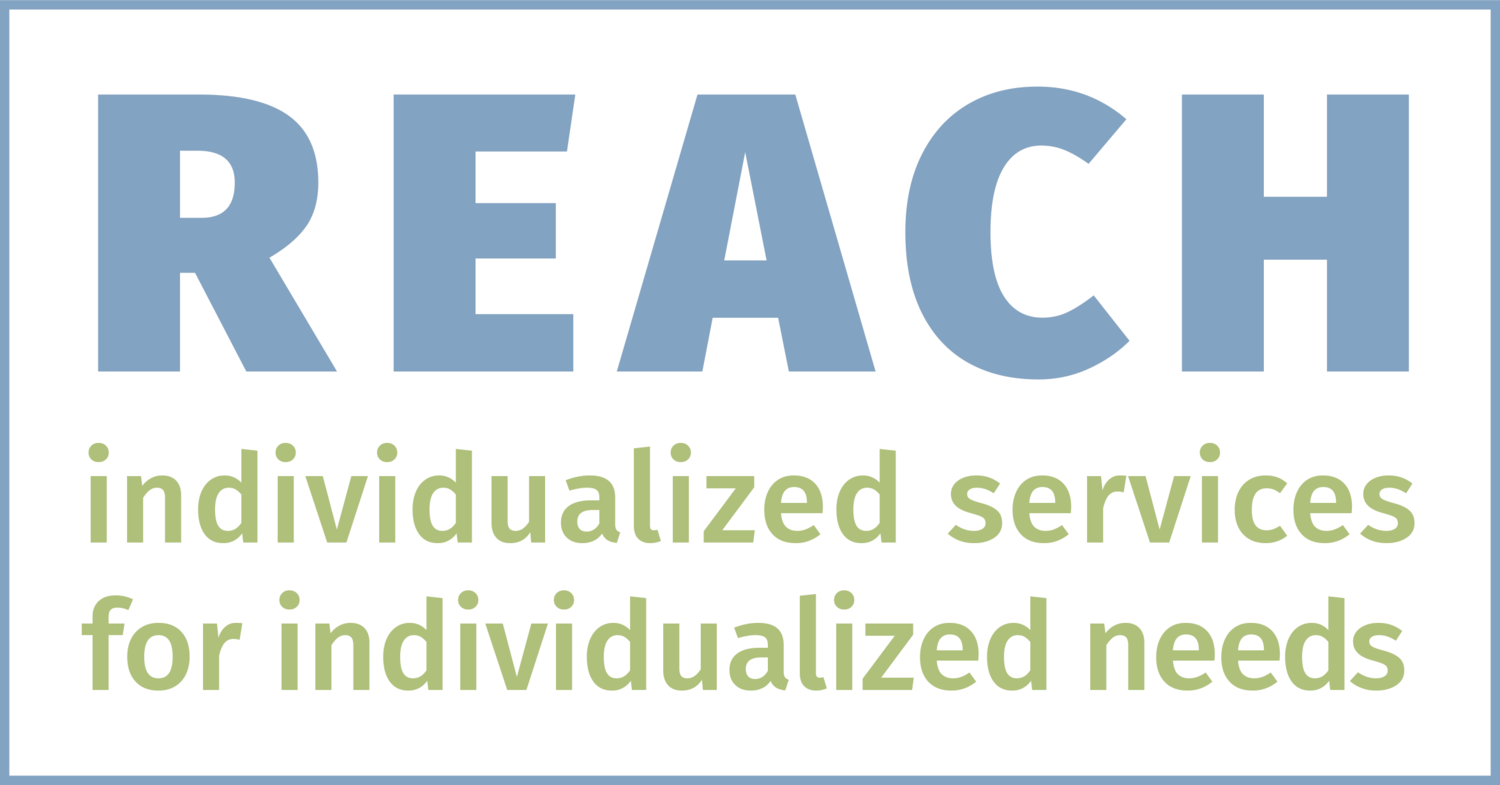How to Share Teacher Conference Feedback with Your Child
School conferences can provide a lot of helpful information, but now what? How do I share that feedback with my child so that they feel supported and celebrated? Feedback can be hard to receive at any age, and as adults, we process feedback for ourselves and our children differently than they do. Many adults instantly move into problem-solving mode upon receiving feedback. When you hear your kid is struggling with a specific behavior, and because we love our kids, the immediate reaction is to solve whatever is coming up.
However, even with the best of intentions, our children can be left feeling like they need to be fixed, rather than just the problem. This is especially true for our neurodivergent children because they tend to beat to a different drum than the drum of school. As a result, there is often similar feedback conference after conference.
Therefore, in their minds, they might hear . . .
“I am so messed up that. . .”
“I am so weird that I have a tutor and a therapist.”
“I am not good at anything!”
“School isn’t good for me.”
Over time that internal monologue can create distress for some kids.
So how do I make my child feel loved while also helping them grow?
It can help to envision walking alongside the journey with our children. Before talking with your kid, ask yourself, “Is the feedback I am receiving in line with their disability or neurodivergence?” Put another way, “Is this a hallmark of who they are?” If the answer is yes, we are not going to present this to our kids as a problem, instead, we want first to ensure the accommodations they need are in place.
Example: You were given feedback that your child’s fidgetiness is impacting their learning. This might entail a follow-up email to the teacher asking the following questions:
“Where are they sitting?”
“What does the accommodation look like in your class?”
“How is frequent movement, or a standing desk implemented in the way you teach?”
Giving your child the feedback
What if the feedback is not an issue of access to accommodations?
When giving feedback to our kids, it can be helpful to think of the following process:
Empathize: Present a positive intent wondering based on why you might think they are exhibiting a specific behavior.
Validate: Normalize their feelings.
Explore: How do we get on the same page? This is also a place to continue to present information as a wondering. Use language like “we” so your child feels like you both are in this together!
Continuing the fidgetiness example from above, this process might sound like this:
Empathize: “You know how when we are at the table eating, doing homework, etc., and your body moves a lot?”
a) “How does that feel for you?”
b) “Are there times it feels good, or it doesn’t?”
Whatever you anticipate your kid is going to say, slide it into a blanket statement that normalizes their behavior. For example: “ Some people say it is easier to concentrate when they move. Is that true for you?”
Your child might respond with:
“If I am not moving, then I can’t pay attention. All I think about is wanting to move.”
Validate: “That makes sense! Bodies are made to move, some more than others.”
Explore: “Does it ever cross a point, and most of the focus is on the moving and how good that feels?” (Notice “you” language has been removed)
a)“We just have to figure out when the movement stops being helpful!”
b) Instead of saying, “Let’s fix this thing.”, say, “Let’s explore what might keep this in the right balance. What ideas do you have?”
Exploration with your child can feel foreign and maybe a little uncomfortable at first. Give this process a try. It does not have to be perfect, these are practices that develop over time. Remember, whatever you are ready to try is enough!
